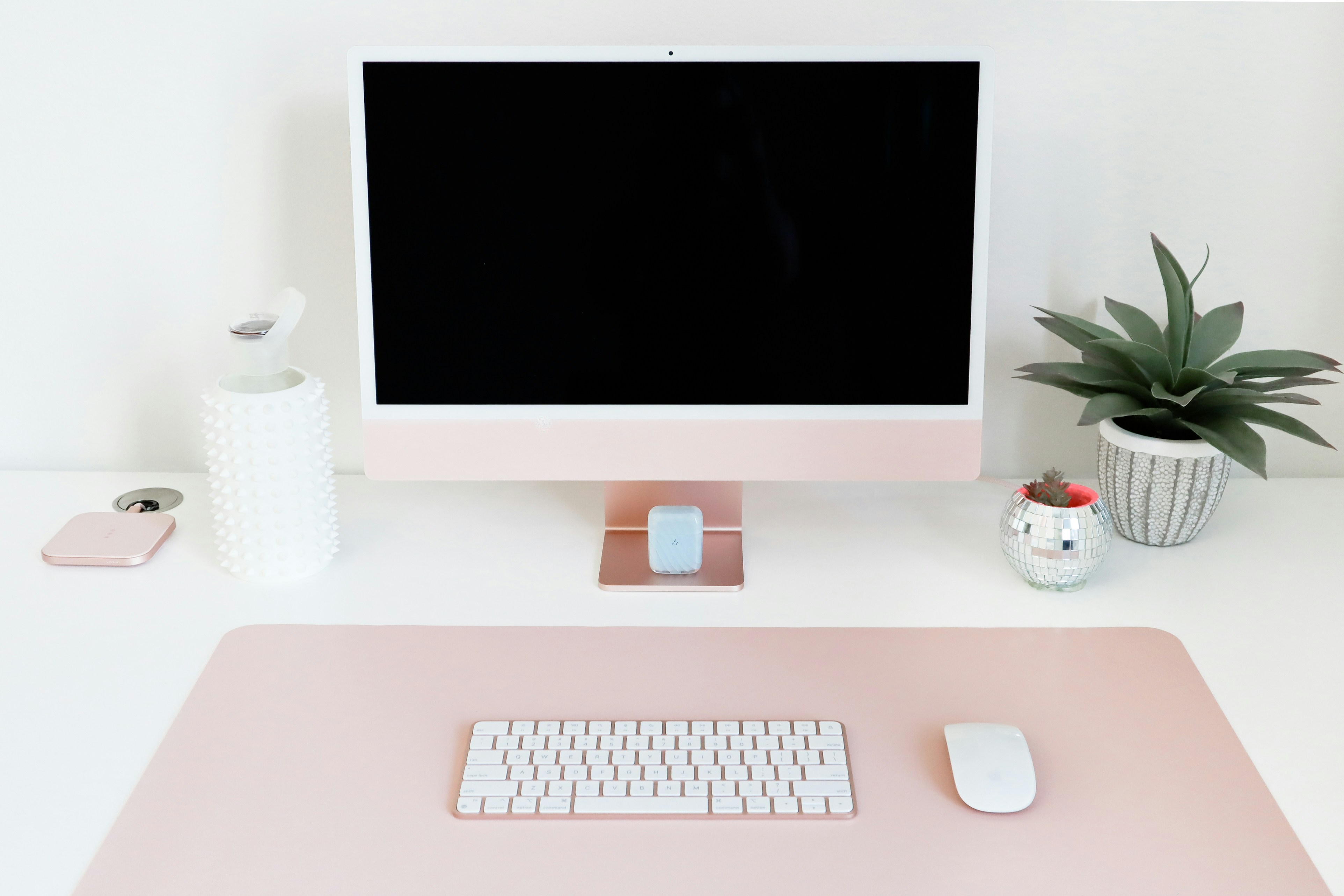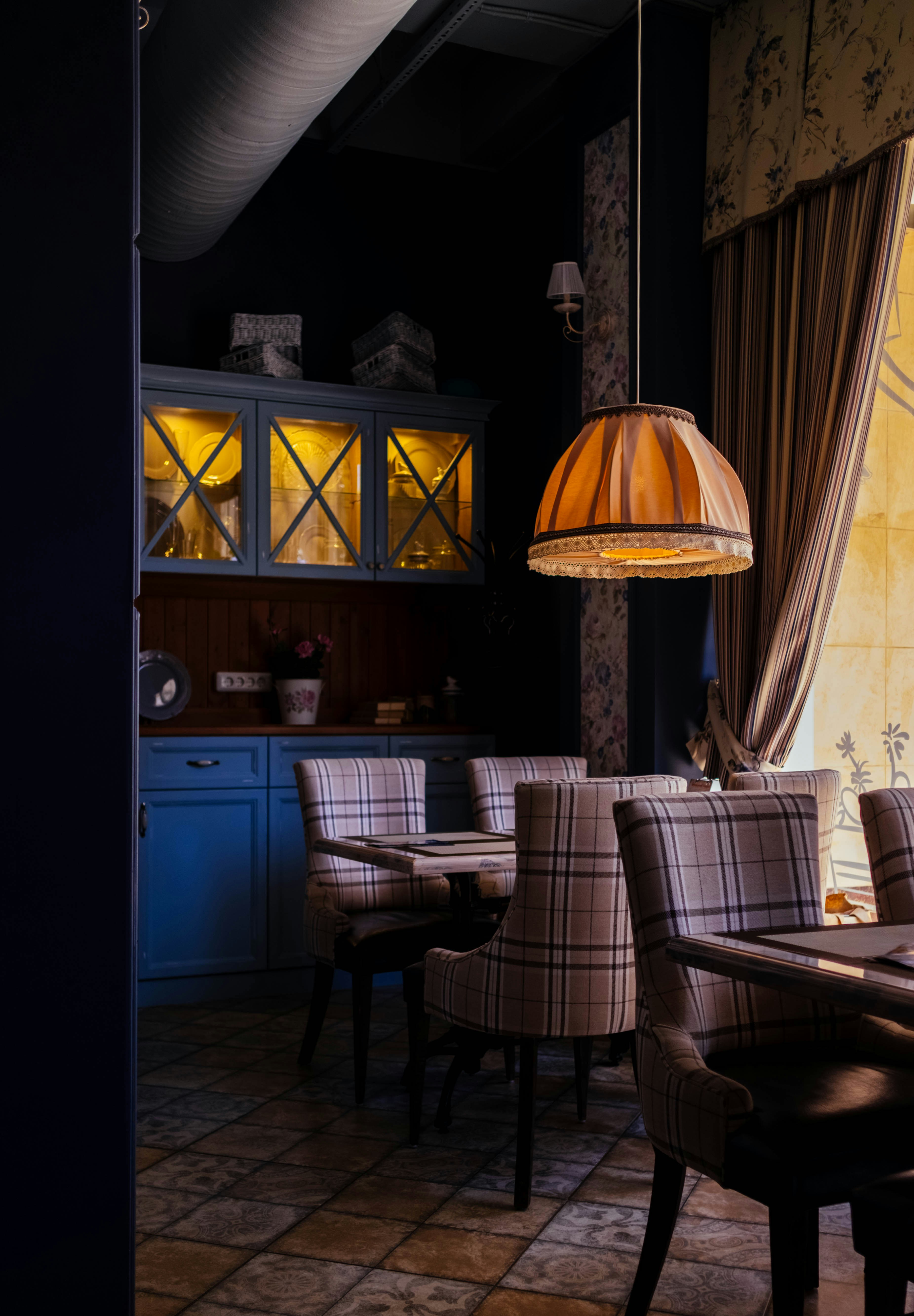Environmental psychology explains how our living spaces affect our mental state. Studies have shown everything around your house, from colors to how much sunlight enters your room, can affect your emotional state.
How do we reclaim our space? By reclaiming our mind. The two can be done in tandem, although I tend to believe a good rage cleaning kick starts the process. Here are 5 ways to reclaim our mental health and personal space.
1. Cluttered spaces make our minds cluttered too. Research states that clutter has an effect on your mood and can make you feel more anxious and stressed. The first thing to do is remove the clutter. But what is clutter? Anything that is not functional for the purpose of that room is considered clutter. For instance, on your desk, you may have a computer monitor, a mouse a keyboard, a lamp, a small plant and a pen. Anything else would be considered clutter. Clear everything else off and start fresh. If there are things you feel are necessities, like extra pens, chapstick, stapler, stamps, etc, consider investing in a cute box that can store all of those to place under the lamp or set your monitor on, or perhaps put it at the end of your desk. 
In each area of your home, take away everything that is not functional for daily use and either find a new space for it hidden away, or consider if it's something you really need or use.
2. Pare down your furniture - Does your furniture fit the space? Is it in good condition? Do you keep moving it around your home, trying to make it work, but never finding the right spot? If it creates a tight corner (3'+ walkways are optimal), then it's time to sell it, donate it and either keep the area empty or if you must, find something smaller.
3. Rethink the color in your home. In general, bright, warm colors (reds, oranges, yellows) stimulate energy and happiness while cool, subdued colors (blues, greens, purples) are soothing and calming. I'll go into this more in-depth in another blog, but there are great benefits to understanding how the colors in our homes can affect how we feel.

By using earth tones, blues and greens, we can minimize the effects of seasonal depression. This helps bring the natural colors we miss during the winter back into our visuals. By using orange, reds or earth tones in the bedroom, you can enhance your sleep. These colors have been proven to stimulate melatonin production. Calm colors will help with stress management while happy colors such as yellow will energize you!
4. Lighting! Have you ever heard of mood lighting? It's because lighting can affect your mood! Who wants a 5000k light glaring at them all day or a buzzing florescent overhead while trying to fold laundry. Take a look at each room and determine if you need task light (where you work at a desk or read in a chair), mood light (lights a room, but not necessarily the whole room), or general light (overhead light or a floor-lamp for casting light everywhere). Your task lighting should only be on while doing those specific tasks, to signal your brain it's time to relax (while reading or knitting) or time to work (while sitting at the desk). Your mood lighting can be on a fireplace, a plant with an uplight behind it, or a table lamp with a soft lightbulb. Think of ways to create soft light for relaxing rather than always using your overhead or task lights.
5. Finally, embrace your space. It's ok to have blank walls and open floor. You don't need a piece of furniture in every corner. (I'm looking in the mirror on this one!) Embrace the possibility of less truly is more.
